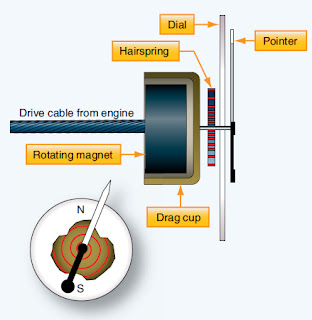cessna1502978
Pre-Flight
- Joined
- Feb 11, 2019
- Messages
- 35
- Display Name
Display name:
Butler2978
Hi all,
I own a 150G and was wondering what the static RPM should be POA says 2500, I can only get 2200. Checked linkage,fuel strainer. Just had annual have good compression. Any thoughts?
I own a 150G and was wondering what the static RPM should be POA says 2500, I can only get 2200. Checked linkage,fuel strainer. Just had annual have good compression. Any thoughts?


